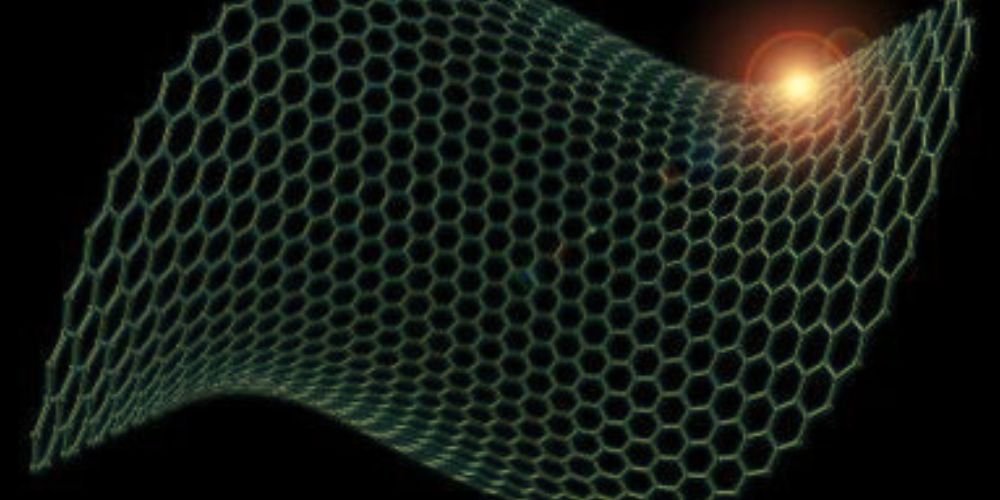In materials science and engineering, nanomembranes emerge as a revolutionary class of materials with transformative applications in filtration, separation, sensing, and beyond. These ultrathin membranes, engineered at the nanoscale, exhibit unique properties such as high selectivity, permeability, and mechanical strength, making them indispensable in various industries, including water purification, biomedical devices, and energy storage. This article delves into the realm of nanomembranes, exploring their principles, advancements, and wide-ranging applications.
Understanding Nanomembranes
Nanomembranes, also known as nanoporous membranes or nanofiltration membranes, are ultrathin films typically ranging from a few to hundreds of nanometers thick. These membranes consist of nanopores or nanochannels that enable selective transport of molecules or ions based on size, charge, or other physicochemical properties. Nanomembranes are engineered from various materials, including polymers, ceramics, metals, and composites, with precise control over pore size, shape, and distribution.
Principles of Nanomembrane Design
Designing nanomembranes involves careful consideration of several key principles:
- Pore Size and Distribution: Nanomembranes feature nanoscale pores or channels with diameters ranging from a few angstroms to several nanometers. Control over pore size and distribution is critical for achieving desired separation performance, such as molecular sieving or ion exclusion.
- Material Selection: The choice of membrane material depends on the targeted application, with polymers like polymeric membranes, ceramics for ceramic membranes, and metals for metallic membranes. Each material offers unique properties, such as chemical resistance, mechanical strength, and surface functionality, influencing membrane performance and durability.
- Surface Modifications: Surface functionalization techniques enable the modification of nanomembrane surfaces to enhance selectivity, fouling resistance, and antimicrobial properties. Coating with polymers, functional groups, or nanoparticles can tailor membrane surface properties for specific applications, such as protein separation or water desalination.
Advances in Nanomembrane Technologies
Recent advancements in nanomembrane research have led to the development of innovative materials and fabrication techniques, expanding their capabilities and applications:
Thin-Film Nanocomposite Membranes
Thin-film nanocomposite membranes combine traditional polymeric membranes with nanomaterials such as nanoparticles, nanotubes, or graphene oxide. These hybrid membranes exhibit enhanced mechanical strength, fouling resistance, and separation performance, making them ideal for water treatment, gas separation, and biomedical applications.
Biomimetic Membranes
Biomimetic nanomembranes draw inspiration from natural systems to mimic the structure and function of biological membranes. By incorporating biomolecules, such as proteins, peptides, or lipid bilayers, these membranes exhibit exceptional selectivity, self-repair capability, and biocompatibility, enabling applications in drug delivery, biosensing, and tissue engineering.
3D Printed Nanomembranes
Advances in additive manufacturing technologies enable the precise fabrication of nanomembranes with complex geometries and tailored properties. 3D-printed nanomembranes offer customizable pore structures, gradients, and functionalities, facilitating applications in microfluidics, tissue engineering, and wearable devices.
Applications of Nanomembranes
Nanomembranes find widespread applications across various industries, driving innovation and addressing critical challenges:
Water Purification and Desalination
In water treatment, nanomembranes are crucial in removing contaminants, pathogens, and salts from water sources. Reverse osmosis membranes, nanofiltration membranes, and forward membranes enable efficient desalination, wastewater treatment, and potable water production, addressing global water scarcity and pollution concerns.
Biomedical Devices and Drug Delivery
Nanomembranes are employed in biomedical devices for drug delivery, tissue engineering, and diagnostics. Transdermal patches, implantable devices, and artificial organs utilize nanoporous membranes to control drug release, mimic biological barriers, and interface with biological tissues, enabling personalized therapies and regenerative medicine approaches.
Energy Storage and Conversion
In energy applications, nanomembranes facilitate efficient energy storage and conversion processes. Nanoporous separators in lithium-ion batteries improve ion transport and prevent dendrite formation, enhancing battery performance and safety. Nanomembrane-based fuel cells, supercapacitors, and solar cells offer high efficiency, durability, and scalability for renewable energy technologies.
Future Directions and Challenges
Despite their significant progress, nanomembranes face challenges and opportunities for further advancement:
Scalability and Cost-Effectiveness
Scaling up nanomembrane fabrication processes for large-scale production remains challenging due to limitations in throughput, yield, and cost-effectiveness. Developing cost-effective manufacturing techniques, recycling strategies, and sustainable materials is crucial for widely adopting and commercializing nanomembrane-based technologies.
Selectivity and Fouling Mitigation
Enhancing nanomembranes’ selectivity and fouling resistance is essential for improving separation efficiency and membrane longevity. Research efforts focus on developing advanced surface modifications, antifouling coatings, and dynamic membrane systems to mitigate fouling, fouling, and enhance membrane performance in harsh environments.
Environmental and Regulatory Considerations
Addressing environmental and regulatory concerns associated with nanomembrane manufacturing, use, and disposal is paramount for sustainable development. Studying the potential environmental impact, health risks and lifecycle analysis of nanomaterials and membranes guides regulatory frameworks and standards to ensure their safe and responsible deployment.
Conclusion
Nanomembranes represent a paradigm shift in membrane technology, offering unprecedented capabilities and opportunities for innovation across diverse industries. By harnessing the principles of nanoscience and engineering, nanomembranes address critical challenges in water purification, healthcare, energy, and environmental sustainability, shaping a brighter and more resilient future for society. As research and development in nanomembrane technologies continue to advance, the potential for transformative impact on global health, prosperity, and sustainability is immense, driving the next wave of technological revolution in the 21st century.












